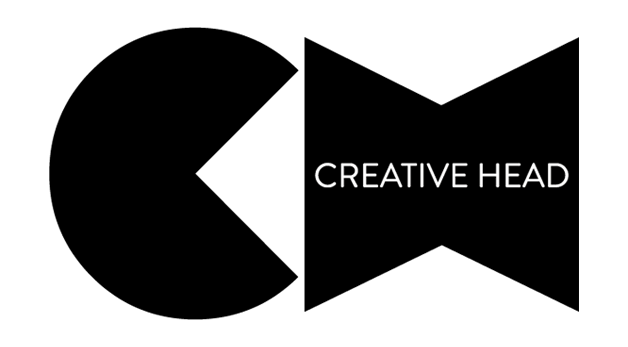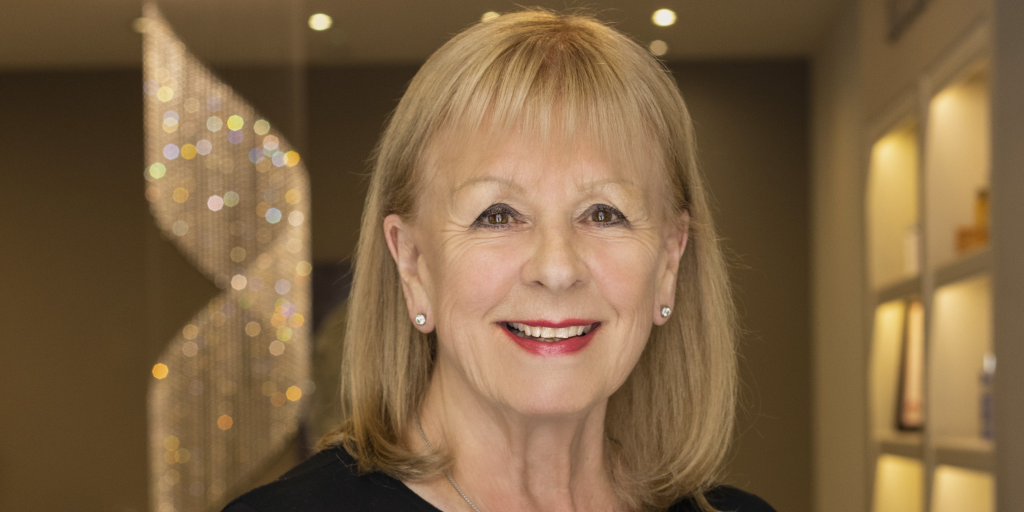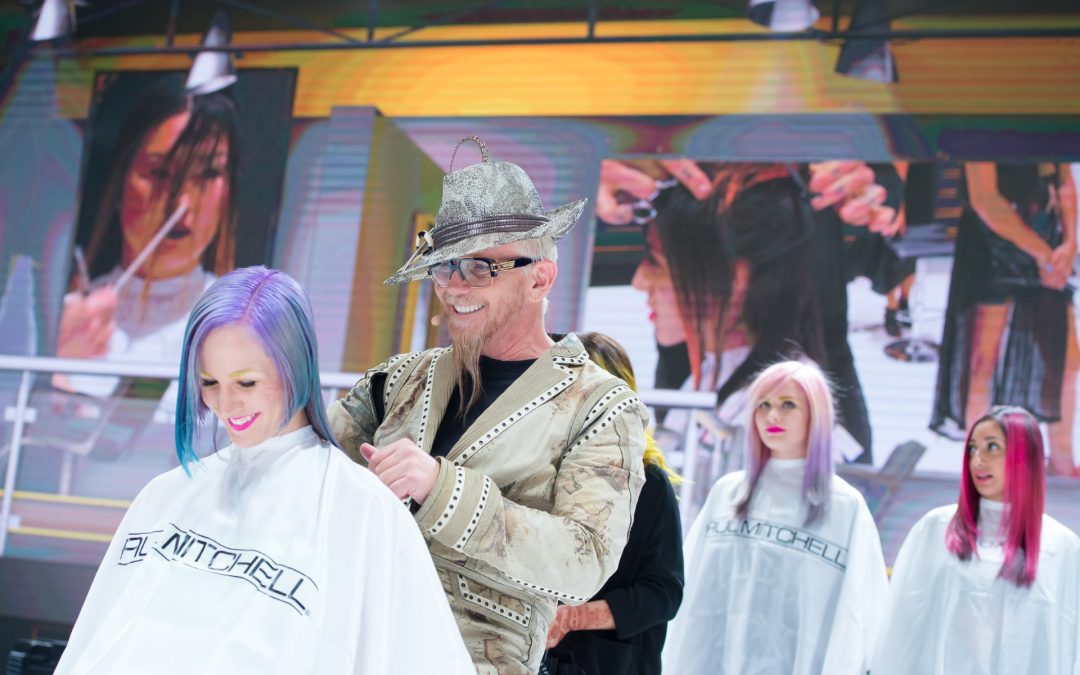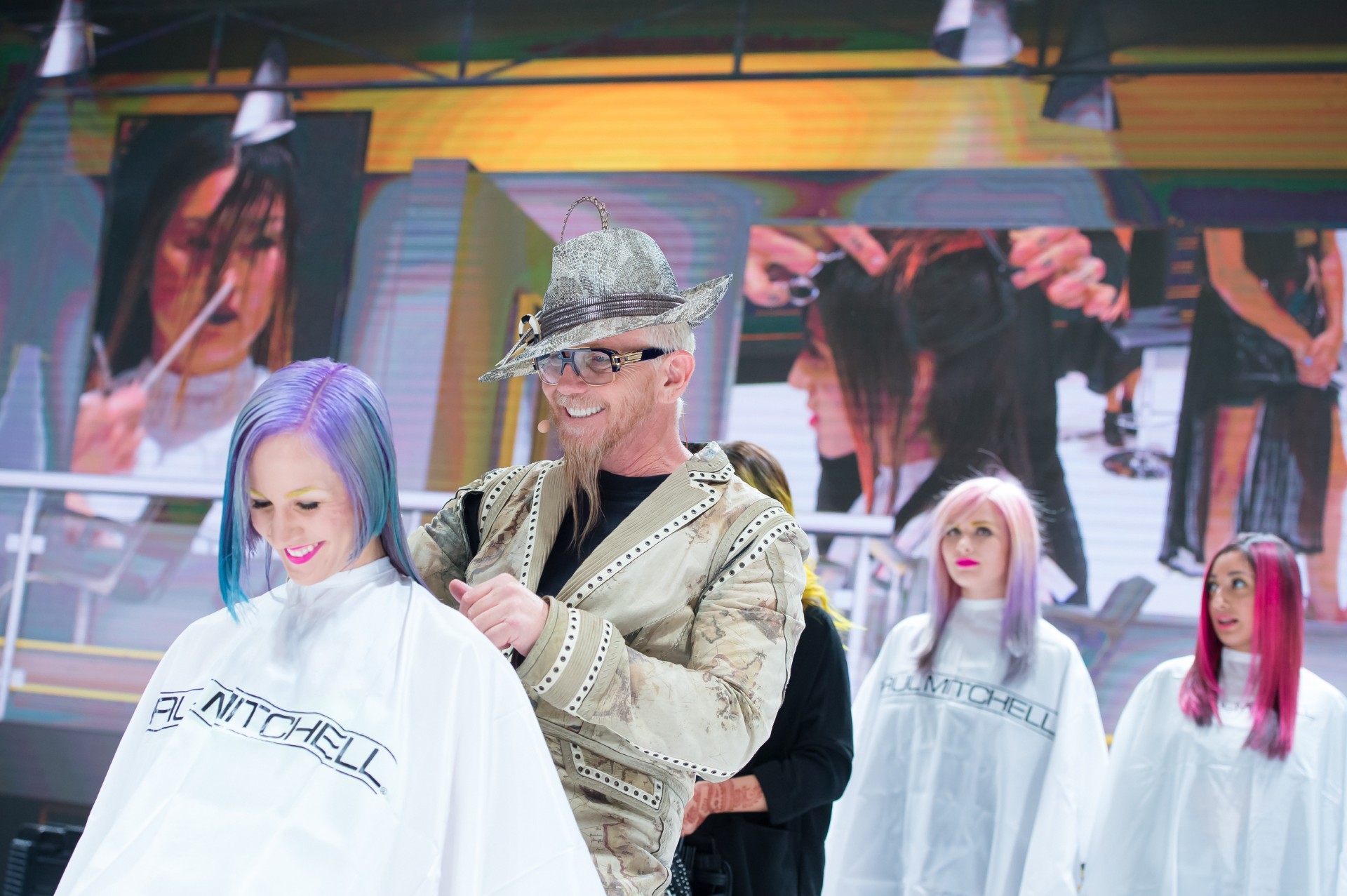
Perfect Colour Shades for Autumn: Introducing LumiShine’s Mocha & Natural Beige
Perfect Colour Shades for Autumn: Introducing LumiShine’s Mocha & Natural Beige
Promotion – JOICO
Bring your clients the season’s must-have shades with LumiShine’s Mocha & Natural Beige series—rich, customisable colour for brunettes and blondes.
by CAITLYN | INFORM
Autumn is all about deep, rich tones, and JOICO’s new LumiShine Mocha & Natural Beige series is set to dominate the season. Whether your clients want a warm brunette refresh or a soft blonde transformation, these shades offer multidimensional, glossy colour that lasts—perfect for any salon looking to elevate their colour services.

From rich, chocolatey mocha hues to latte-inspired natural beige tones, these intermixable crème shades provide endless options for creating bespoke colour. The Mocha shades deliver sophisticated brunette looks, while the Natural Beige range offers soft, neutral tones that are ideal for blondes and brunettes alike.
These new additions are perfect for customising colour. The beauty of LumiShine’s Mocha & Beige series lies in its versatility. Whether you’re creating deep brunettes with a luxurious shine or neutral blondes with a modern finish, these shades provide customisable results. And with 100 per cent grey coverage and built-in bond-building technology, they leave hair looking and feeling its absolute best.

Give your clients the on-trend autumn looks with ease. This season, the ‘Chocolate Box Hair’ trend is taking over runways and salons alike. This colour palette oozes elegance and luxury, while keeping the hair looking fresh and healthy during the colder months. The LumiShine Mocha and Natural Beige shades are perfect for tapping into this trend and giving clients glossy, healthy hair that stands out.
Award-winning colourist, Dan Spiller, says: “The Mocha and Natural Beige shades are an absolute dream to work with. They create the perfect balance of rich colour and shine, ideal for the autumn season.”
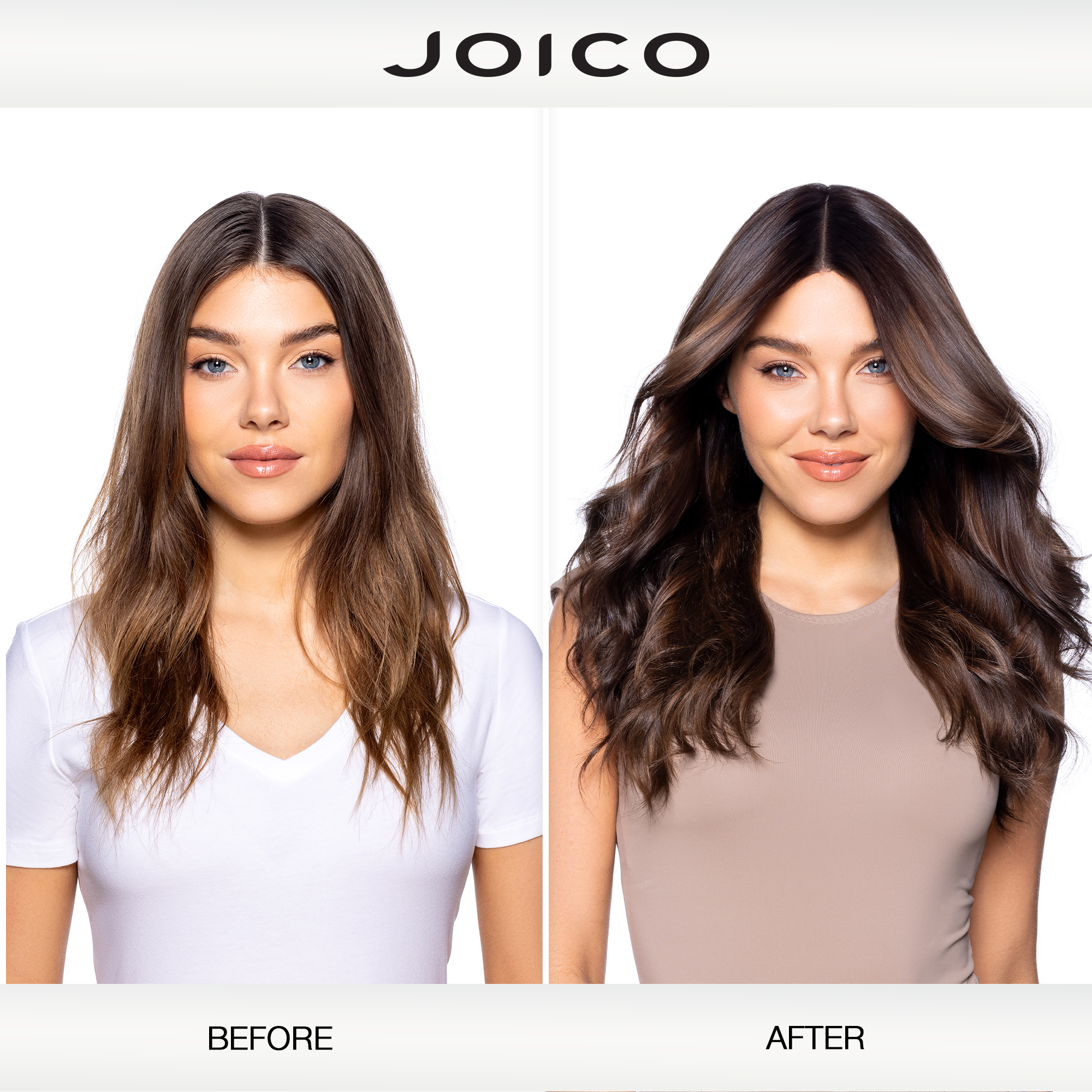
JOICO’s LumiShine series is more than just colour—it’s about protecting hair. With low-ammonia formulas and JOICO’s bond-building technology, these shades strengthen hair from within, reduce breakage, and deliver long-lasting, vibrant colour.
Why Your Salon Needs It:
- Create rich brunettes and soft blondes with unbeatable shine.
- 100 per cent grey coverage and customisable colour options.
- Perfect for on-trend ‘Chocolate Box Hair’ looks this season.
- Bond-building technology ensures healthy, strong hair with every colour.
Want to bring autumn’s hottest hair trend to your clients? Discover the new LumiShine Mocha & Natural Beige series and give your clients the rich, glossy colour they crave.
